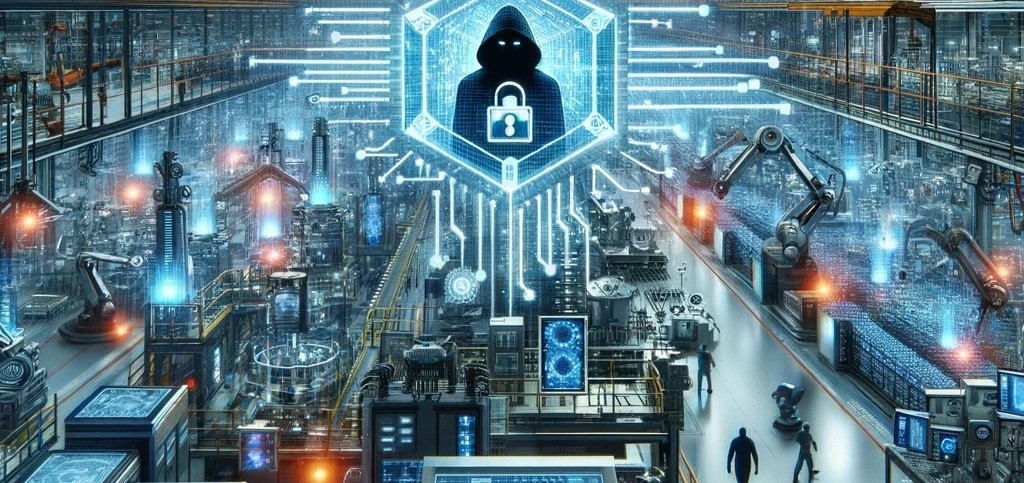The evolution of global logistics and operations is unfolding at an unprecedented pace, driven by the amalgamation of technological advancements, consumer expectations, and an unyielding push towards sustainability. This fusion is dissolving the traditional boundaries that once separated planning from execution, heralding a new era where adaptability, collaboration, and environmental stewardship define the path forward.
Real-Time Adaptability Meets Sustainability
The digital era has ushered in a dynamic where customer demands can shift overnight, influenced by trends, social media, and global events. The story of Walmart leveraging AI for real-time demand forecasting exemplifies how operations can become both responsive and predictive. Integrating this agility with a commitment to sustainability is the next frontier. Imagine a logistics network that not only anticipates demand but also optimizes routes and inventory in real-time to minimize carbon footprints, embodying DHL’s vision for zero-emission logistics.
The Collaborative Ecosystem: A Sustainable Network
The dissolution of operational silos in favor of a collaborative ecosystem is reshaping logistics. The partnership between PSA International and Rotterdam Worldwide Terminals showcases how shared digital platforms can enhance efficiency. Extending this collaborative spirit to embrace sustainability, companies can form alliances for shared transportation modes, reducing the number of trips and, consequently, emissions. This model of cooperation can extend beyond firms to include customers, encouraging a shift towards sustainable consumption practices.
Human Expertise in the Age of Automation
As automation and robotics become commonplace, the role of human workers is evolving but not diminishing. Amazon’s investment in upskilling its workforce underscores the irreplaceable value of human judgment and adaptability. In the context of sustainability, equipping employees with the knowledge and tools to operate in an eco-friendly manner becomes vital. Training programs that emphasize sustainable practices, from energy conservation to waste reduction, will ensure that technological efficiency and environmental stewardship go hand in hand.
Balancing Agility with Environmental Responsibility
The challenge of maintaining logistical agility while honoring commitments to sustainability is more pronounced in the fast-paced world of e-commerce. The initiatives by companies like DHL to integrate electric vehicles and renewable energy into their operations represent steps towards reconciling this balance. Moreover, optimizing packaging and exploring innovative delivery methods, such as drones for urban areas, could reduce both delivery times and ecological footprints.
Embracing the Blur: A Journey of Continuous Adaptation
The future of logistics and operations is characterized by a continuous adaptation to the ever-blurring lines between planning and execution, driven by technology, consumer demand, and a profound commitment to sustainability. This new landscape requires a holistic approach—leveraging data-driven insights for real-time responsiveness, fostering collaborative networks that extend beyond traditional industry boundaries, and embedding sustainability into the core of logistical operations.
As executives, stepping into this future means embracing uncertainty and making a steadfast commitment to innovation, collaboration, and environmental stewardship. It’s about building adaptable systems that anticipate change, empower people, and prioritize the planet. In doing so, we can transform the challenges of a hyper-connected, sustainable world into opportunities for growth, resilience, and leadership in the global marketplace. The journey ahead is not just about moving goods but reimagining the essence of global commerce for a better world.










